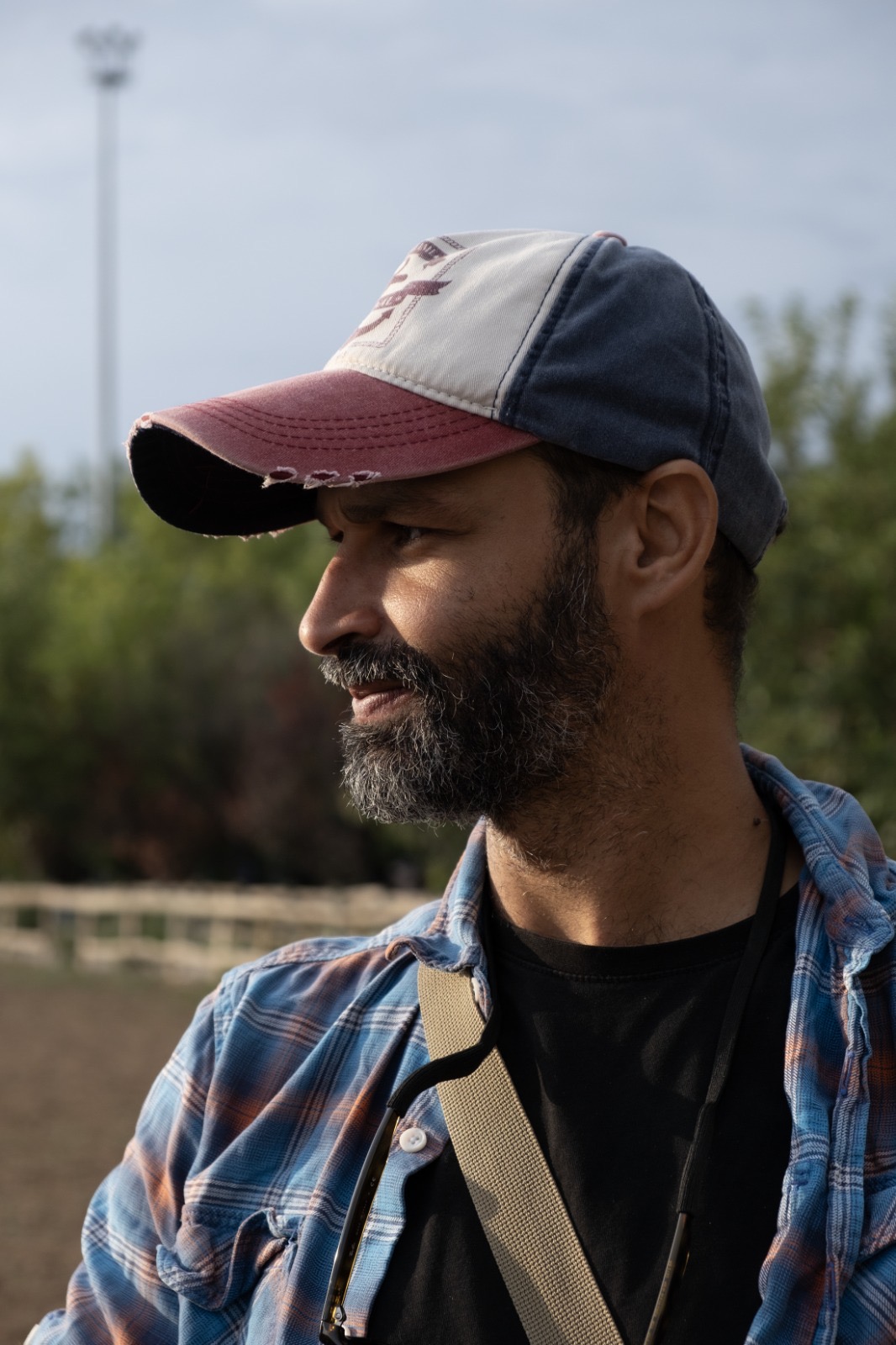
Beyond the Saddle: How Horses Teach Discipline, Responsibility, and Emotional Regulation to Kids
Oct 18, 2025
I remember the first time my son Mo met a horse. He was three. Energetic. Loud. Impulsive. He’d run into rooms without knocking, interrupt conversations, and couldn’t sit still for more than two minutes. Then we brought him to Mavish.
Not to ride. Not yet. To meet. I didn’t hand him a brush. I didn’t say “go.” I just stood there. And watched.
Mo approached slowly. Crouched down. Reached out one finger. The horse didn’t flinch. Just turned his head. Sniffed. Then nudged Mo’s hand. And something shifted.
It wasn’t magic. It was presence. From that day on, everything changed, not because of a lesson plan, but because of routine. Because of responsibility. Because of the quiet power of a horse who doesn’t lie. Horses don’t care about your kid’s ego. They don’t reward loudness or tantrums. They respond to calm, consistency, and care. And that’s where the real teaching begins.
Grooming Teaches Patience
Most kids want to jump straight to riding. They see the saddle, the gallop, the freedom. But the real work starts long before that. Grooming is not a chore. It’s a ritual.
When a child picks up a brush, they learn to move slowly. To feel. To notice every knot, every patch of dry skin, every sign of discomfort.
If they rush? The horse tenses. If they’re gentle? He relaxes.
No praise. No rewards. Just truth.
This isn’t about making the horse look good. It’s about teaching the child to see. To be present. To slow down.
One of my visitors’ kids, just 8 years old, used to scream when he had to wait. Now, he sits beside Kuzey for 20 minutes, brushing quietly, eyes closed, breathing in rhythm with the horse’s breath.
That’s not discipline. That’s awareness.
Feeding Builds Responsibility
You can’t skip feeding. You can’t forget it. The horse will remind you.
And that’s the point.
When a child learns that their actions directly affect another living being, something clicks.
They don’t just bring food. They check the stall. They clean the water bucket. They watch how the horse eats. Is he eating fast? Slow? Are his teeth healthy?
Responsibility isn’t a lecture. It’s a daily practice.
I’ve seen kids cry when they forgot to feed their horse. Not because they were punished. Because they felt guilty. Because they knew they let someone down.
And that guilt? It’s not shame. It’s growth.
Because now, they won’t forget again.
Riding Isn’t About Speed, It’s About Control
The moment a child mounts a horse, they think they’re in charge.
But the horse has other ideas.
He’ll test them. Shift. Resist. Move suddenly.
And if the rider panics? The horse feels it. He reacts. Chaos follows.
But if the rider stays calm? Breathes? Listens? The horse settles.
That’s emotional regulation. Not theory. Not books. Real-time learning.
A boy once rode into a fence because he panicked. His hands jerked. The horse bolted. He fell. But instead of yelling, I said, “What happened?”
He looked at me. “I was scared.”
“Good,” I said. “Now what?”
He took a breath. Calmed down. Slowed the horse. Walked back.
That’s not just riding. That’s resilience.
The Checklist Mentality
There’s no shortcut. No skipping steps.
Before every ride:
- Check the hooves
- Inspect the tack
- Make sure the bridle fits
- Confirm the horse is alert
It’s not just safety. It’s habit.
Kids start doing this automatically. They check their own gear. They double-check their homework. They organize their space.
Why? Because the horse taught them: if you skip, something breaks.
And when something breaks, on the ground, in the barn, in life, it’s not the horse’s fault. It’s theirs.
Teamwork, Communication, and Trust
No one rides alone. No one cares for a horse alone.
From instructors to stable hands to fellow riders, everyone plays a role.
Kids learn to ask for help. To listen. To communicate clearly, because yelling doesn’t work. A horse doesn’t respond to anger. Only clarity.
They learn to lead. To follow. To contribute.
One girl came to the farm terrified of horses. She wouldn’t touch them. After months of grooming, walking, and patience, she finally got on.
She cried. Not from fear. From joy.
Because she earned it.
7 Recommendations for Parents & Riders
Based on what I’ve learned, from pain, from failure, from watching others suffer, here’s what you must do:
Start with Grooming
Don’t rush to riding. Let your child spend time touching, brushing, and listening.Assign Daily Tasks
Feeding, cleaning, checking hooves. Make it part of their routine.Never Skip the Pre-Ride Check
Teach them to check the horse before every ride. This builds focus and awareness.Let Them Fail (and Learn)
If they forget to feed the horse, don’t fix it for them. Let the consequence teach them.Reward Effort, Not Results
A horse trusts a consistent rider. Not a perfect one. Praise the effort, not the outcome.Use the Horse as a Mirror
If your child is anxious, the horse will react. Use that to talk about emotions, not blame.Read The Promise
This book isn’t just for experienced riders. It’s for anyone who wants to do better. To be better. To honor the horse as he deserves.
Because when we stop seeing horses as tools and start seeing them as equals, we don’t just become better riders, we become better humans.
And that’s the promise I made.
Now, it’s yours to keep.